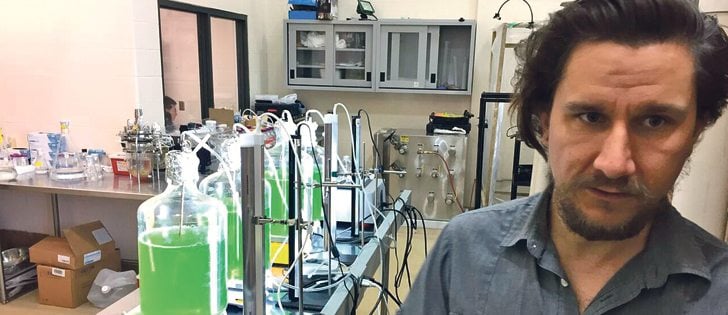Everyone in the hog industry is watching for this afternoon’s (Friday’s) USDA quarterly hogs and pigs reports.
The sow number is vitally important for Canadian producers. Everyone knows that the overall North American herd needs to shrink by about 10 percent to balance hog supply with demand and the increased price of feedgrains, energy and other farm inputs.
No one is expecting to see the U.S. sow herd decline by anything like that. I just called Tyler Fulton of the Manitoba Pork Marketing Co-op and he’s hoping to see three percent or more fewer sows out there, expecting to see just two percent less, and fearing anything less than two percent.
Read Also

Budget seen as fairly solid, but worrying cracks appear
The reaction from the agriculture industry to prime minister Mark Carney’s first budget handed down November 4th has been largely positive.
But the reality is that a lot more sow liquidation is necessary across North America, and until the Yanks do their bit, we’re going to continue to pay far more than our fair share of the price for the changed realities in the market. We can massively reduce our herd, and it will only have a small overall effect. As Fulton pointed out, productivity increases of about two percent a year mean a two percent reduction equals little in actual production decline. So far Canadian producers have been violently shedding sows, but in most ways it’s just meant that some of the pressure has been taken off the Americans. Some of the increased sow slaughter numbers showing up in their stats recently are probably Canadian sows shipped south, one market report I get said this week, so U.S. sow liquidation may be even less than many expect.
What seems worst about this present situation, with Canadians suffering more than Americans and taking the lion’s share of the painful cuts, is that our industry – at least on the prairies – is probably the best situated part of the overall North American industry with the exception of the U.S. Midwest. We’ve got the most long-term viable part of the industry right here and I think it would be better for other regions (North Carolina?) to be shedding inherently problematic production. But mainly due to the Canadian dollar rising and the U.S. dollar falling, the economic signals are getting mixed up and an absurd result is resulting.
There’s a real possibility for hope this afternoon when the report comes out. Fulton said most analysts are following U.S> federally inspected slaughter numbers, which so far have not shown large increased slaughter of sows. But many state-inspected plants exist, on the fringes of the industry, and frustrated farmers may be moving cull sows there at much greater rates than normal. Fulton said that’s the best chance for optimism right now.
A market report I receive also points out that a scary number to watch in the report is December to February farrowing intentions. Because of the cool summer summer temperatures, U.S. sows probably had higher conception rates and may produce more piglets than normal in December to February. This would mean more hogs coming to market than expected next summer, which normally is a low patch and a rally time. So this would be a bad thing to see.















